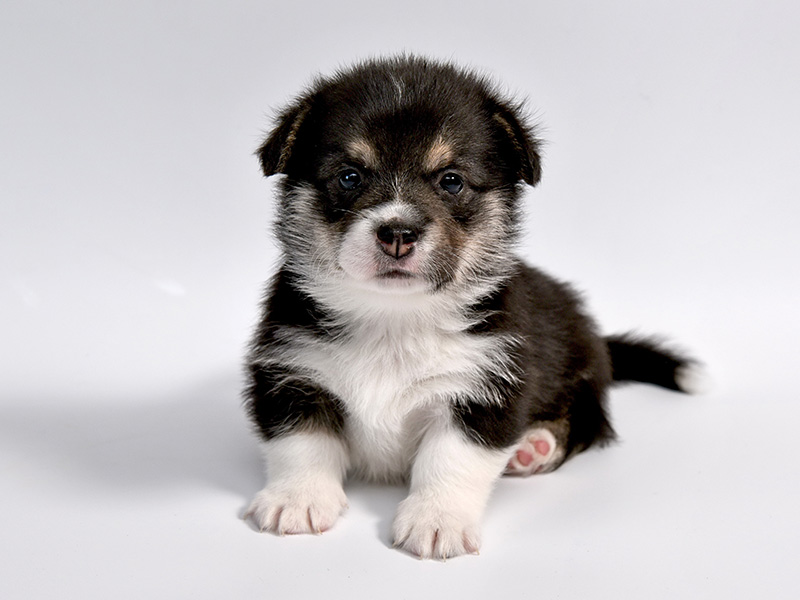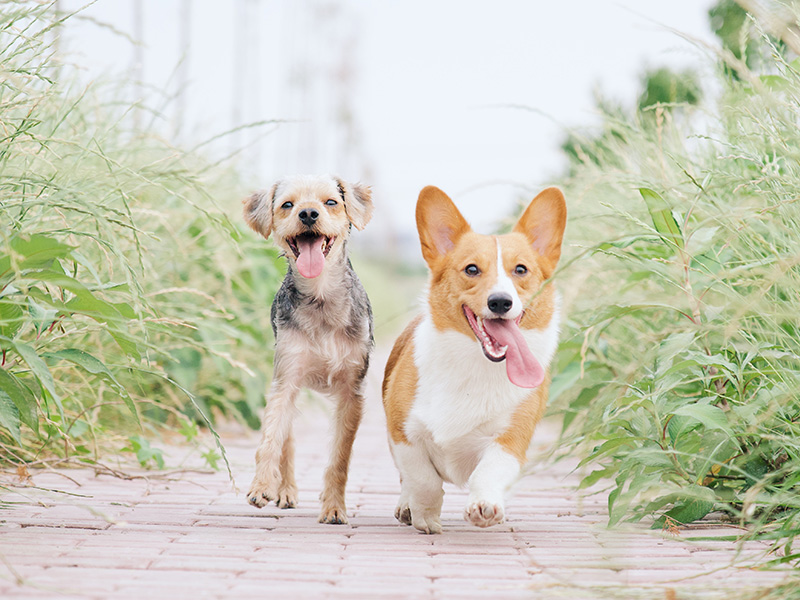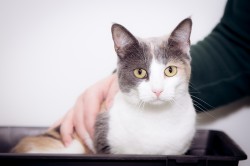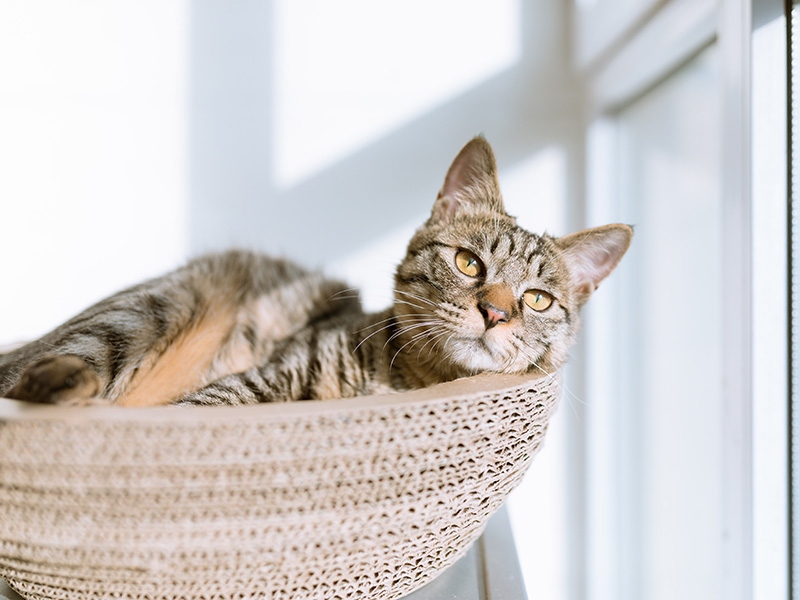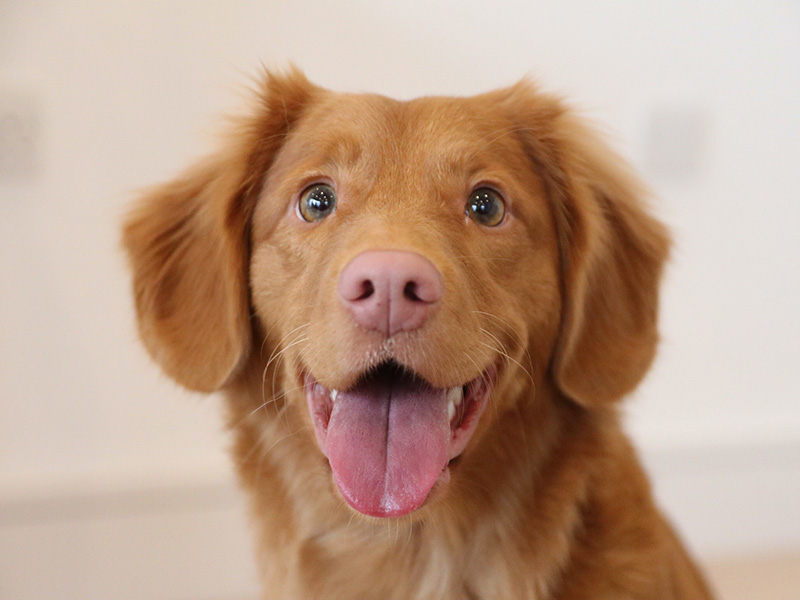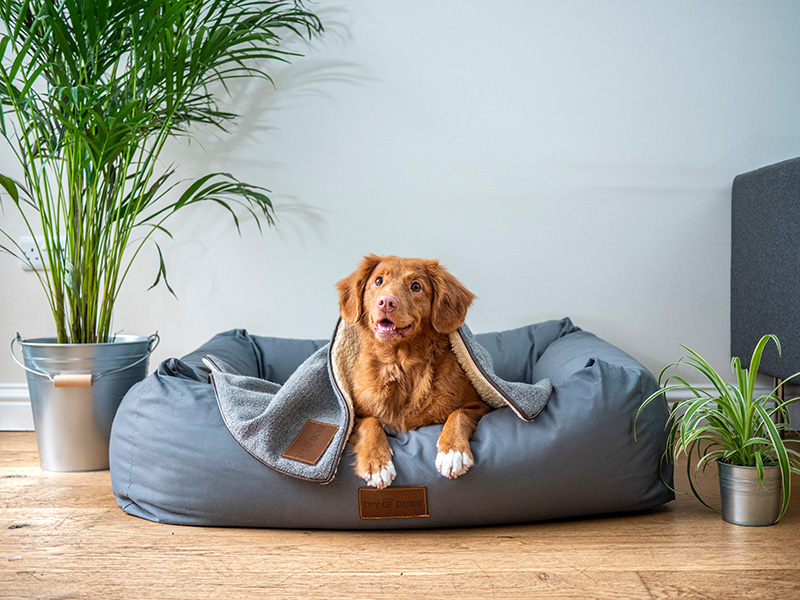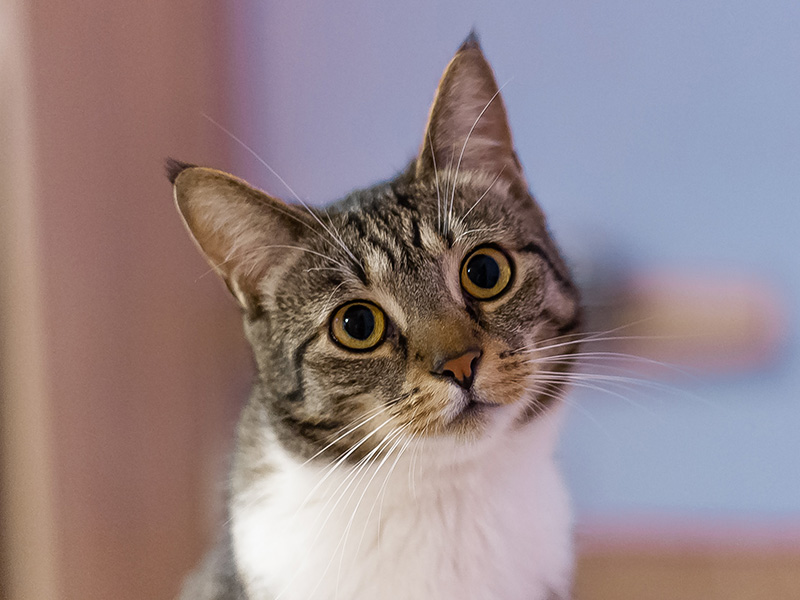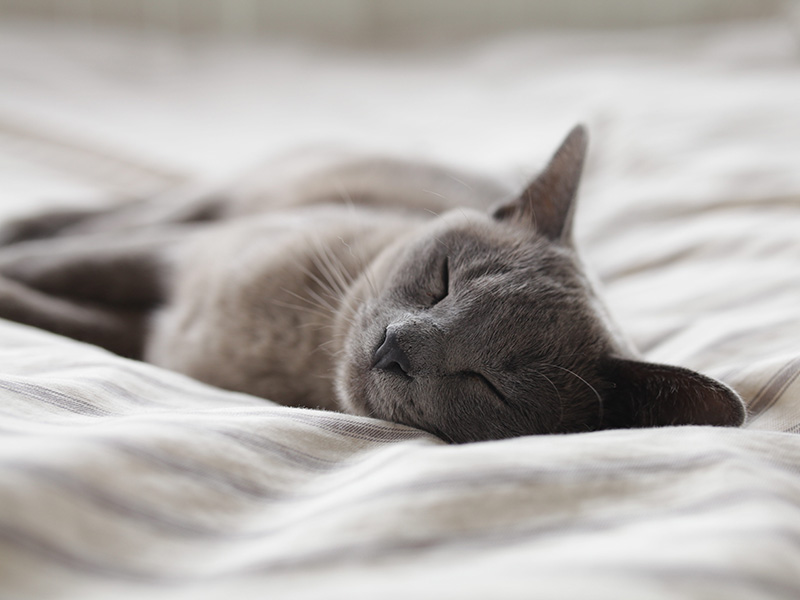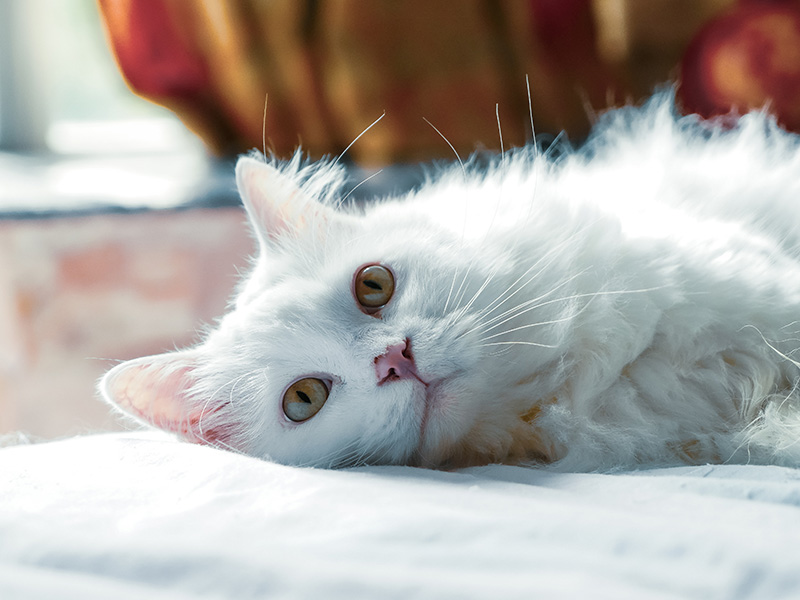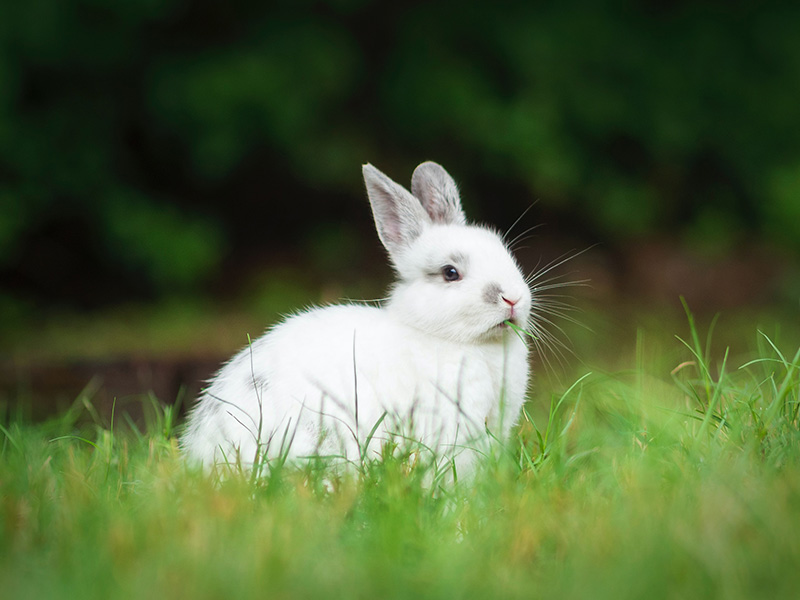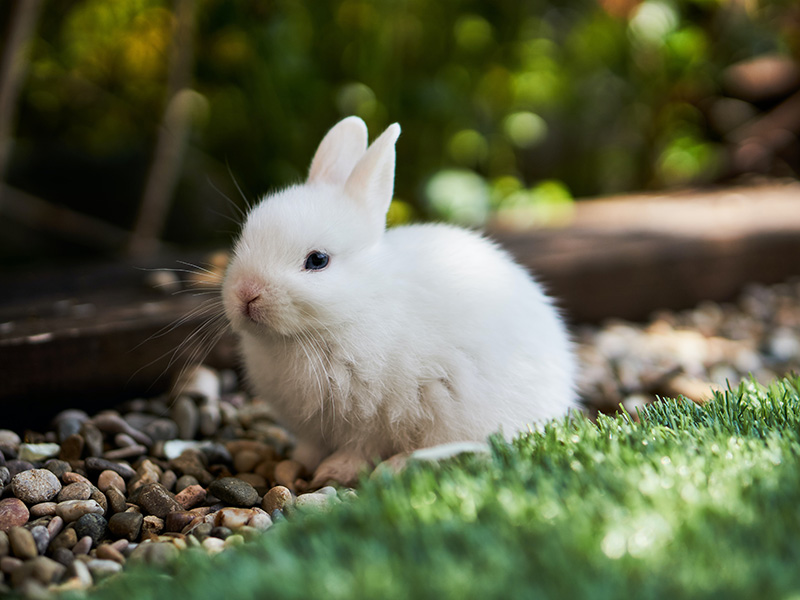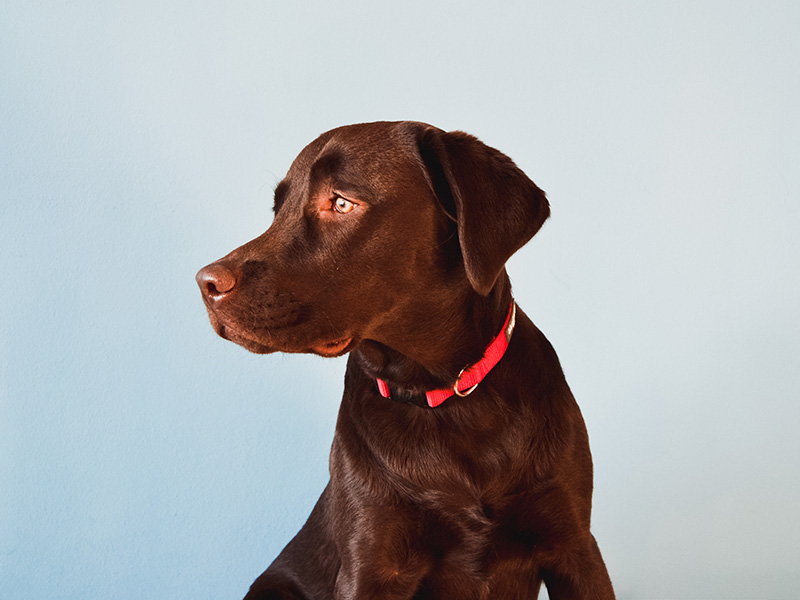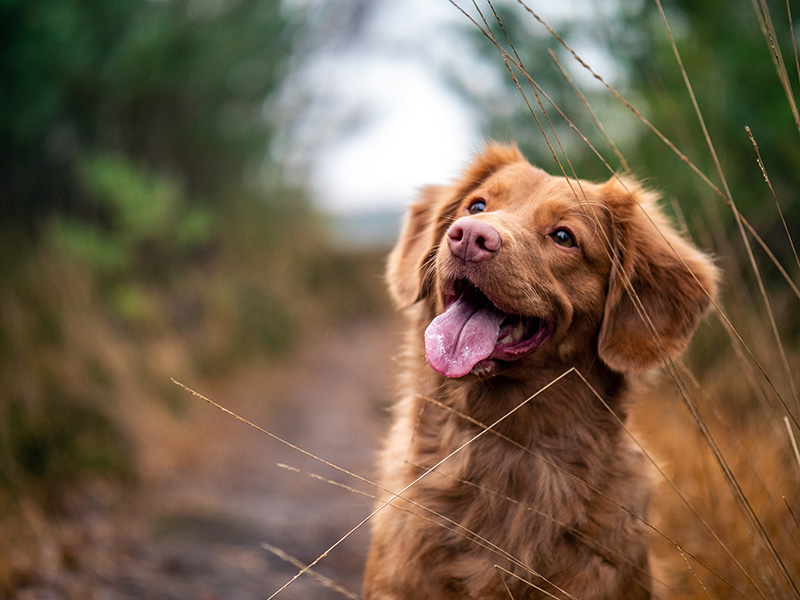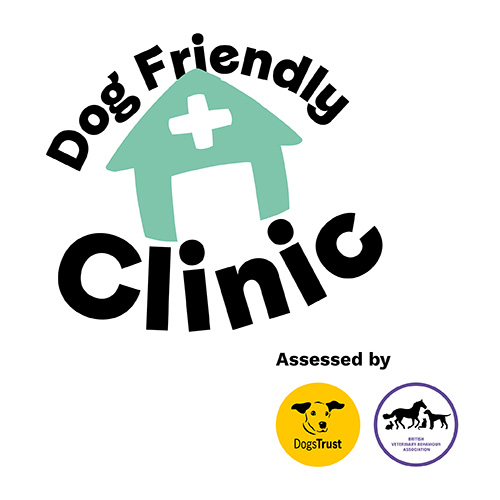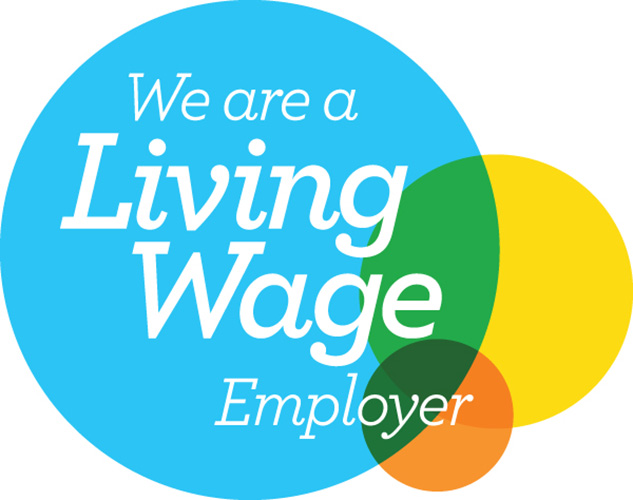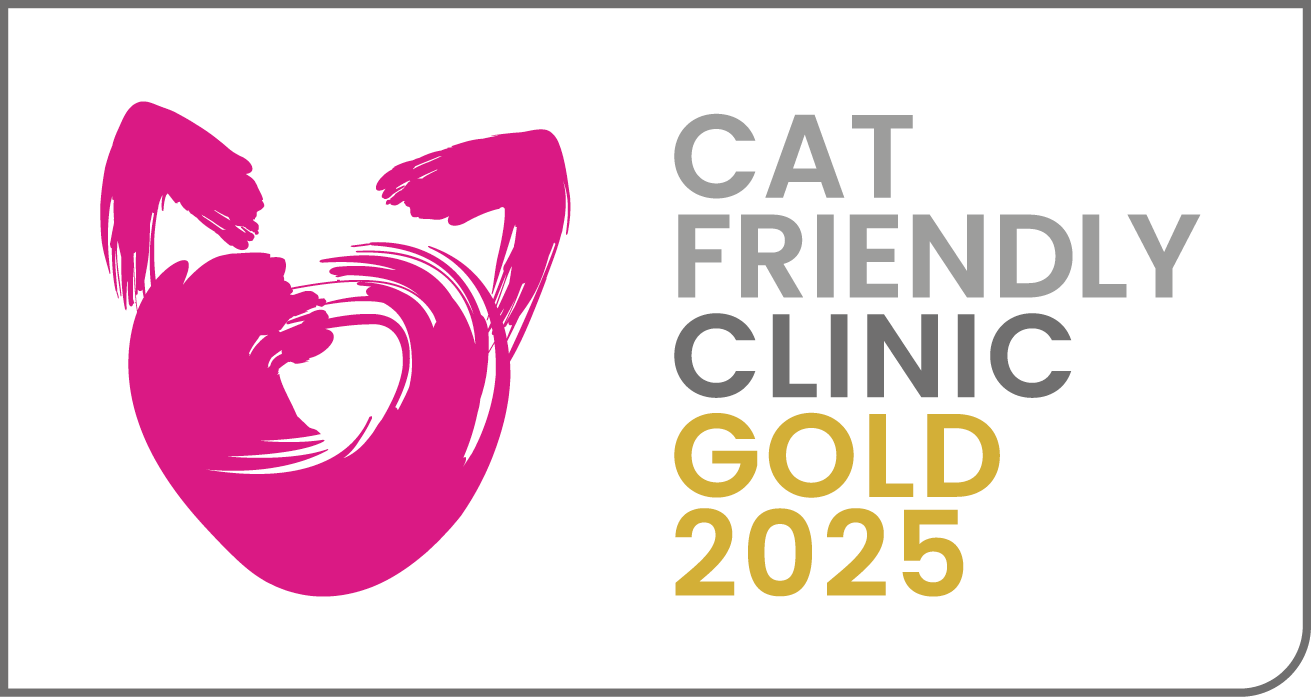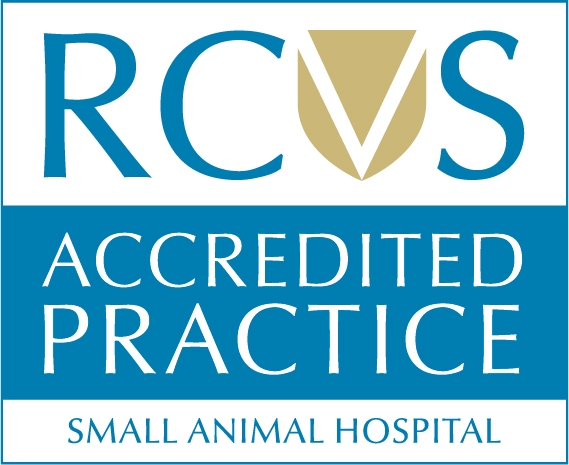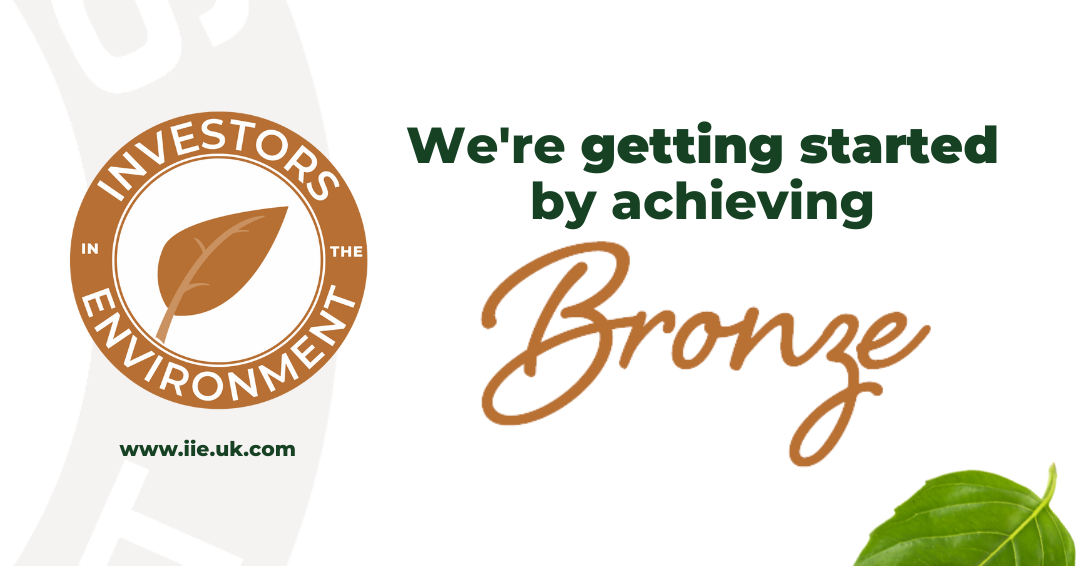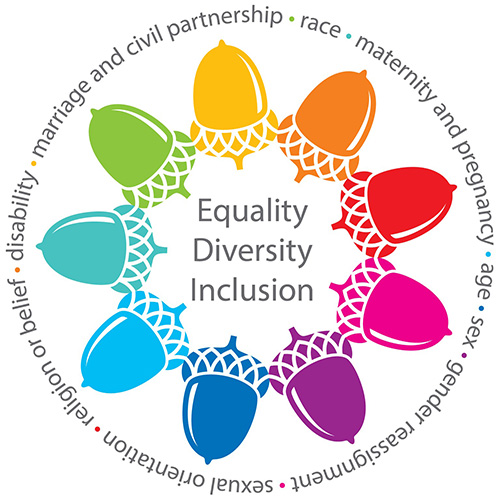The role of the veterinary nurse – the lynch pin of veterinary practice
The role of the veterinary nurse – the lynch pin of veterinary practice
Did you know…?
The title of Veterinary Nurse is not currently a protected title. This means that anyone with little or no training can call themselves a veterinary nurse.
What does it mean if a nurse is a Registered Veterinary Nurse (RVN)?
A Registered Veterinary Nurse has gone through rigorous training to achieve either a Level 3 diploma often through an apprenticeship in a veterinary practice or a degree in Veterinary Nursing. While training they are registered as Student Veterinary Nurses (SVN) with the RCVS. With both routes nurses undertake at least 1800 hours of practical training in an approved training practice. They sit accredited practical and written examinations, submit a portfolio documenting their development and achievement of clinical standards and undertake a professional discussion with topics ranging from animal welfare legislation and ethics to clinical scenarios. If they are successful, they can apply to join the RCVS Register of Veterinary Nurses.
This is a non-statutory register run by the Royal College of Veterinary Surgeons. The role of the RCVS is to safeguard the health and welfare of animals committed to veterinary care through the regulation of the educational, ethical and clinical standards of veterinary surgeons and veterinary nurses.
RVN’s must complete Continued Professional Development throughout their careers to ensure their knowledge and skills remain up to date. They can also undertake additional qualifications in areas of interest.
What do veterinary nurses do?
Patient care -monitoring, observing and caring for your pet in the hospital, ensuring nutritional needs are met, pain scoring and reporting changes to veterinary surgeons. RVN’s can calculate and administer medications by intramuscular or intravenous injection under the direction of a veterinary surgeons and place intravenous catheters. Medications can only be prescribed by a veterinary surgeon.
Anaesthesia – preparing the anaesthetic machine and equipment, monitoring the patient under anaesthesia and during recovery. RVN s have had specific training to be able to do this to a very high standard to safeguard patients.
Imaging - Veterinary nurses can take x-rays including dental x-rays and may take ultrasound images.
Diagnostic sampling - Veterinary nurses can prepare and run laboratory samples. Under the direction of a veterinary surgeon, RVN’s can take blood samples, and samples from lumps or ears and prepare these for interpretation by a veterinary surgeon.
Consultations - RVN’s assess surgical wounds, administer medications and empty anal glands under the direction of a veterinary surgeon, clip claws and run weight and desensitisation, puppy and geriatric clinics.
Client education- Veterinary nurses can provide advice about introducing new pets to a household and weight management, as well as support clients with management and monitoring of long-term conditions such as diabetes mellitus and osteoarthritis and high blood pressure.
Procedures- RVN’s may perform minor procedures such as dental scaling, suturing wounds or removing small lumps under the direction of a veterinary surgeon.
RVN’s play a huge and often under recognised role in veterinary practice. They get to know your pet and play a vital role in their care. They are multi-talented, highly trained and professional individuals who are accountable for their actions and uphold a professional code of conduct.
At Acorn House we employ a fabulous team of RVN’s (some with additional certificates in exotics, feline and surgical nursing) and registered SVN’s to provide the highest standard care for our patients, and are an RCVS Approved Veterinary Nurse Training Practice.
-
Previous
-
Next
